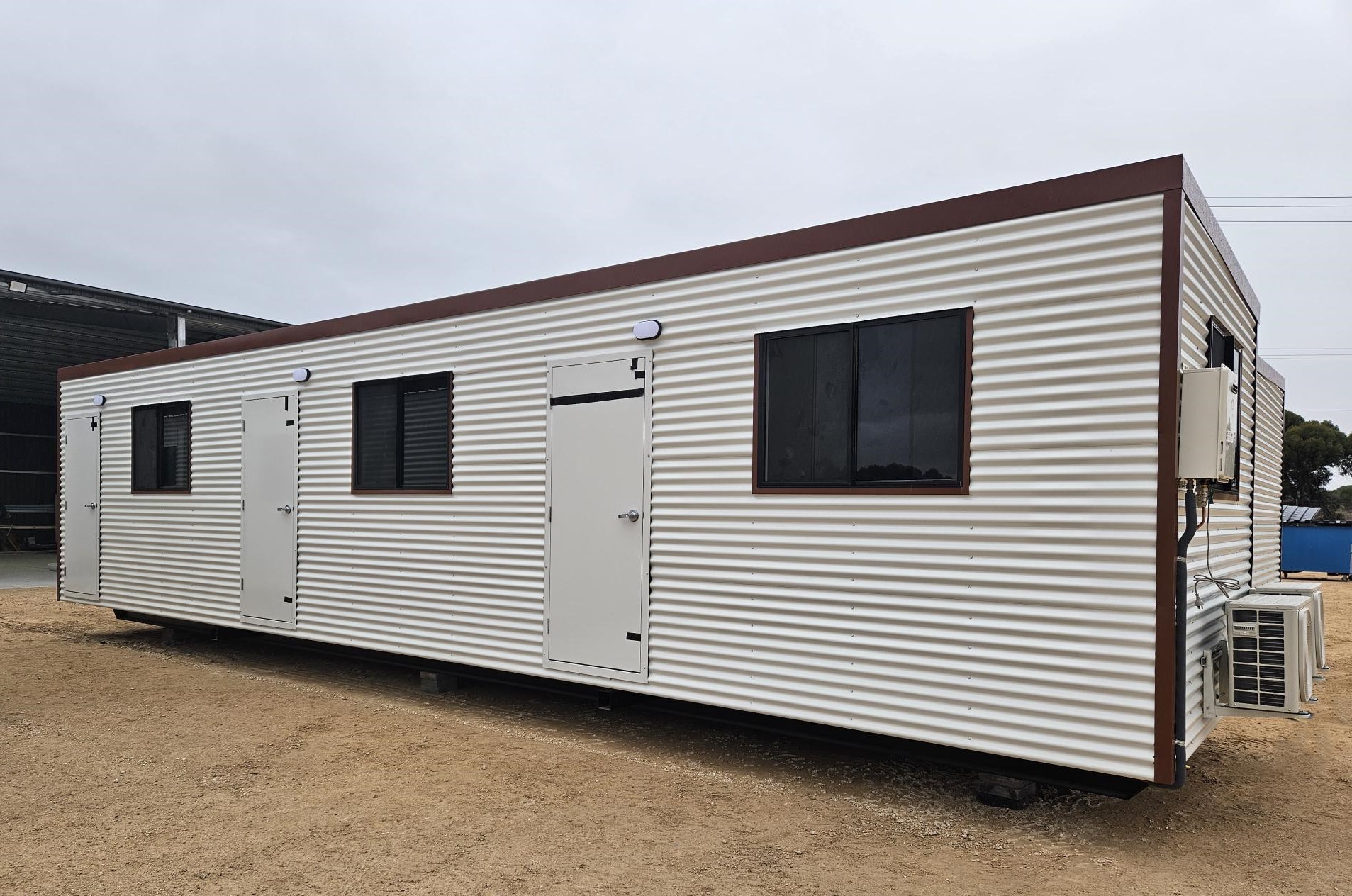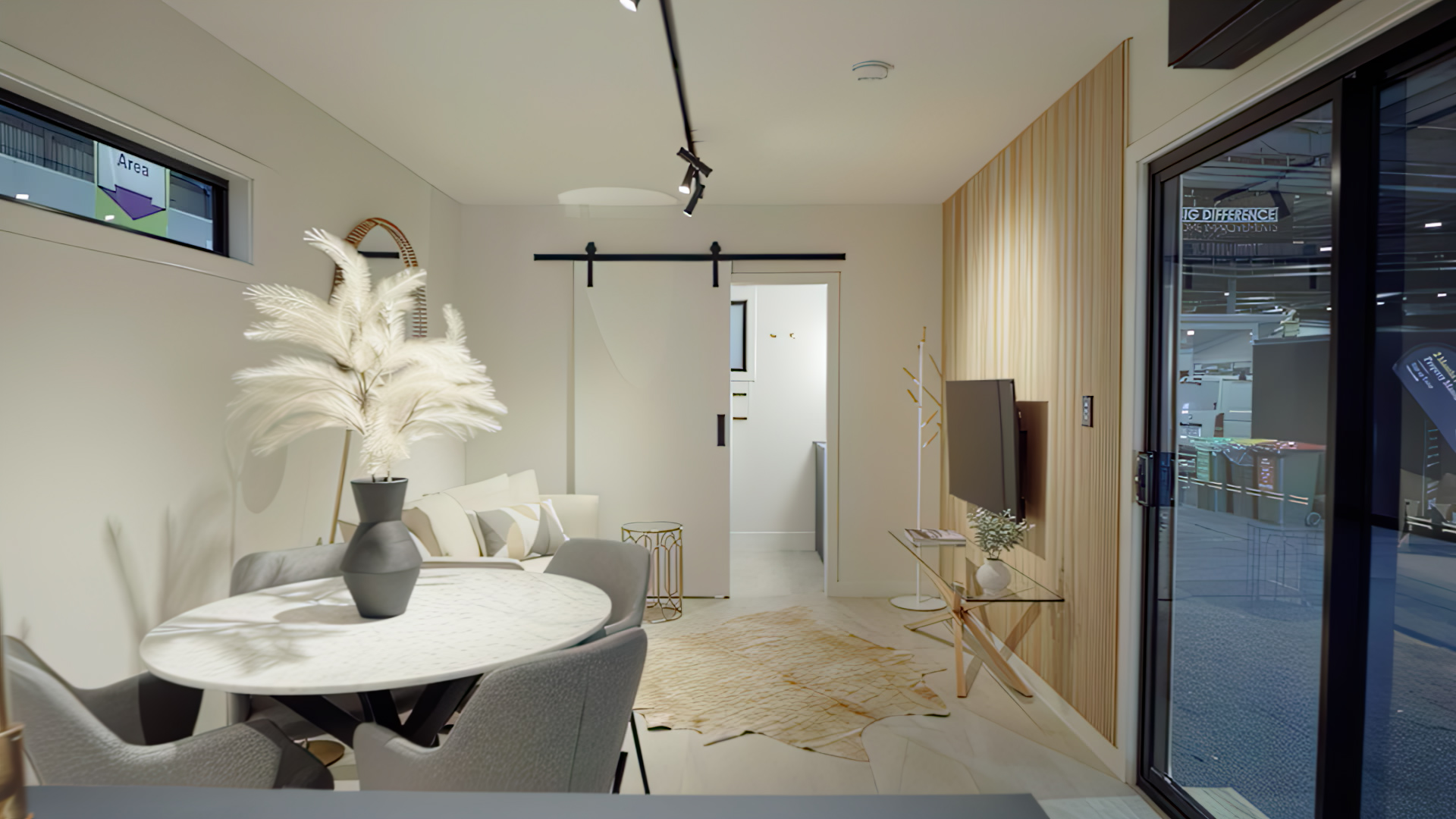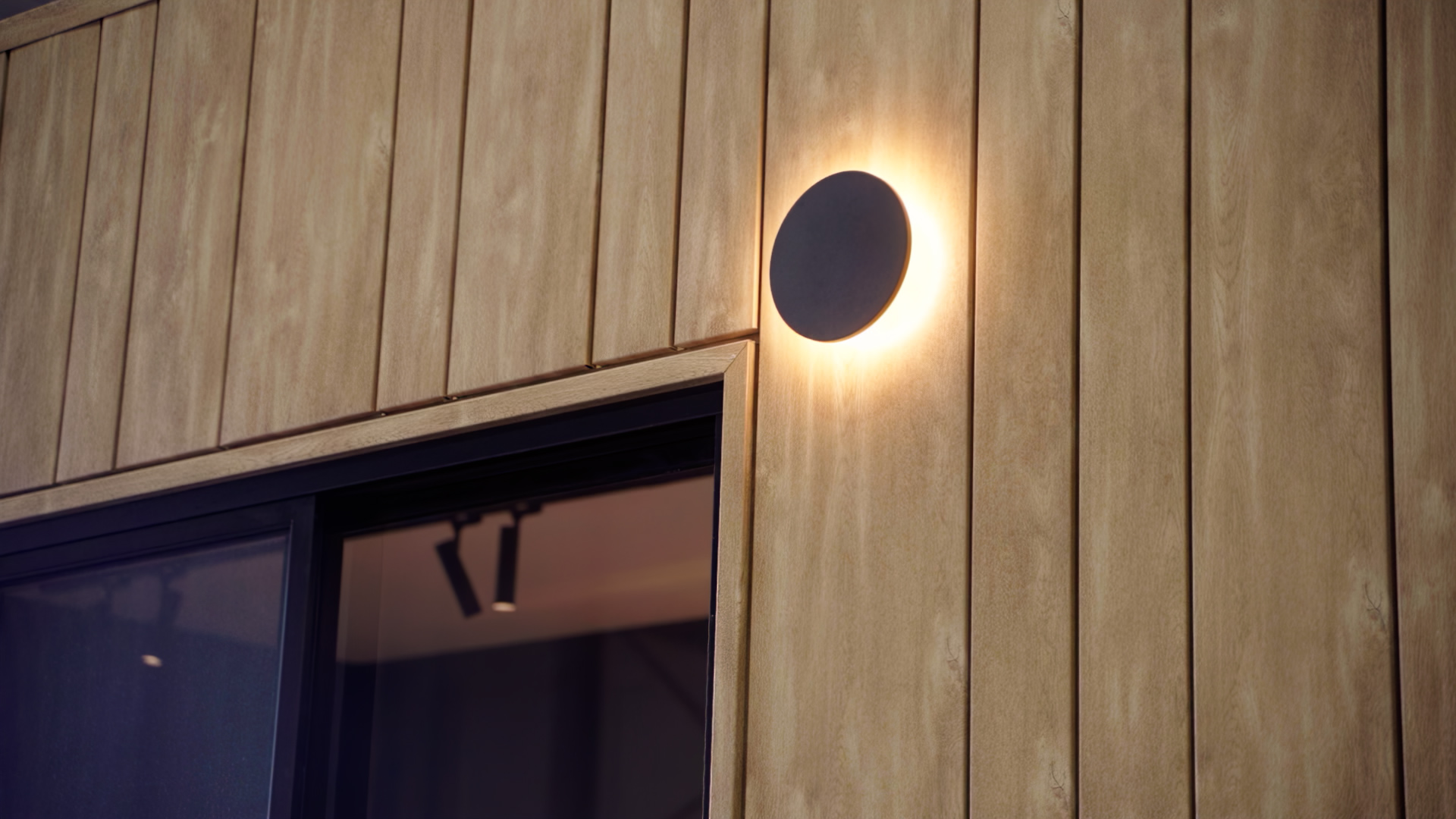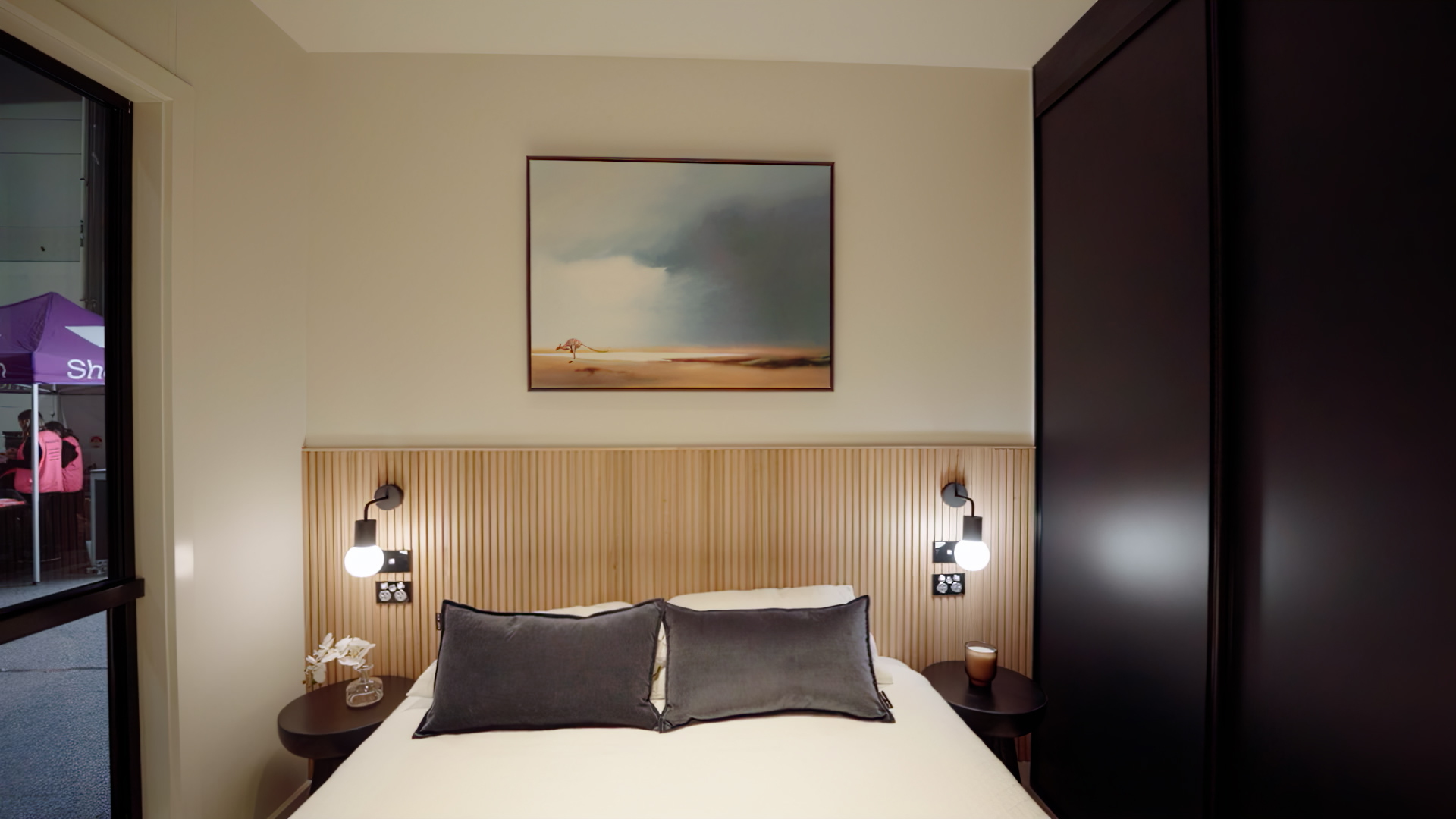Curious about modular homes and their growing popularity? Traditional homes might take months or even years to complete, while modular homes can be ready much faster.
Factories designed specifically to build modular homes in sections (often up to 95% complete) before they’re transported to your property for final assembly. Although modular and traditional homes use many of the same materials and follow similar building codes, they differ significantly in how they’re built and delivered.
With government support and growing innovation in the prefab space, modular construction is becoming a serious option for homebuyers across Australia.
What Are Modular and Traditional Homes?
Understanding the basics of each construction method can help you make more informed decisions when building or buying a home.
Definition of Modular Homes
Modular homes are built in sections inside a factory-controlled environment. These sections are then transported to your site and assembled on a pre-prepared foundation. Once installed, the home is connected to utilities and ready for final fit-out.
A common misconception is that modular homes all look the same. In reality, they can be fully customised with different layouts, finishes, and features. They use the same quality materials as traditional homes and meet the same building standards.
What Are Prefabricated Homes?
“Prefabricated” refers to any building that’s constructed off-site and then assembled on location. Types of prefab homes include:
- Modular homes: Built in large, complete sections
- Panelised homes: Delivered as wall panels, trusses, and floors
- Kit homes: Materials are pre-cut but assembled entirely on-site
- Volumetric construction: Larger finished elements joined together on-site
All modular homes are prefab, but not all prefab homes are modular.
Difference Between Modular and Manufactured Homes
Modular homes are permanently installed on foundations and must meet local and national building codes. They are classed as real property and are treated similarly to traditional homes.
Manufactured homes (formerly known as mobile homes) are built on steel chassis and can be relocated. These are governed by different standards and are generally classified as personal property, not real estate.
How Traditional Homes Are Built
Traditional (or “on-site”) homes are built from the ground up at the construction site. Builders begin with the foundation and work step by step, often over several months.
While this allows for greater design flexibility, it also opens the process up to weather delays, supply chain issues, and inconsistent timelines. There’s also typically more construction waste.
Key Differences Between Modular and Traditional Homes
Each construction method has its strengths and trade-offs. Let’s explore their main differences.
Construction Process and Timeline
The most noticeable difference lies in the construction setting. Modular homes are largely completed off-site, then delivered and assembled. Traditional homes are built entirely on-site.
Factory-built modular homes benefit from reduced weather delays and faster turnaround times. Traditional homes can take several months longer due to their on-site, sequential build process.
Cost and Budgeting
Factory-controlled construction can reduce labour costs and shorten the overall build time, which often translates to savings. In addition, modular homes tend to be more energy-efficient, which could lower your running costs over time.
Traditional homes, while offering full design flexibility, often require larger budgets due to longer timelines, premium materials, and additional overheads.
Design Flexibility and Customisation
Contrary to popular belief, modular homes offer plenty of room for customisation. You can choose from a range of layouts, finishes, and features. However, transport limitations can restrict some architectural elements.
Traditional homes tend to offer more flexibility for complex or large-scale architectural designs.
Building Codes and Regulations
Both modular and traditional homes in Australia must comply with the National Construction Code (NCC) and relevant state and local regulations.
In fact, modular homes are often held to even higher quality control standards due to the factory setting. Recent changes by Australian Building Ministers have also supported prefab and modular housing to address national housing supply challenges.
Pros and Cons of Modular Homes
Modular homes are becoming increasingly popular for good reason, but they do come with unique considerations.
Pros
- Faster build times thanks to controlled factory environments
- Potential cost savings due to efficiency and reduced labour costs
- Energy-efficient designs with high star ratings
- Consistent quality control during construction
- Reduced construction waste and lower environmental impact
Cons
- Zoning restrictions may limit where you can place a modular home
- Delivery limitations – you’ll need good site access for large trucks and cranes
- Financing challenges – some lenders still hesitate, and builders may request full payment before completion
Durability and Quality Control
Modular homes are built in tightly controlled settings, which allows for detailed oversight throughout the build process. Many use steel framing for added strength, making them resistant to termites, fire, and harsh weather conditions.
Resale Value and Market Perception
While modular homes previously struggled with perception, modern builds in good locations are now gaining similar value appreciation as traditional homes. Market awareness continues to grow as buyers see the long-term benefits.
Pros and Cons of Traditional Homes
Traditional homes have long been the go-to option for Australian homeowners. Let’s weigh the benefits and drawbacks.
Pros
- High level of customisation for unique floor plans and architectural styles
- Established market value and long-term resale potential
- Widespread acceptance among lenders and insurers
Cons
- Longer build times due to weather, supply issues, and trade availability
- Higher overall costs stemming from labour and materials
- Less energy-efficient without targeted upgrades
- More construction waste and a greater environmental impact
Environmental Considerations
Traditional construction methods can lead to more waste and higher emissions, especially from materials like cement and timber. Weather also plays a big role; delays caused by rain or extreme heat can impact efficiency and working conditions on-site.
How Outback Building Group Can Help
Choosing between modular and traditional construction ultimately comes down to your priorities (whether it’s speed, flexibility, cost, or environmental impact).
At Outback Building Groups, we specialise in modular and prefabricated solutions built for the Australian lifestyle. Whether you’re after a compact granny flat, a rural weekender, or a custom-designed modular home, we make the process easy from start to finish.
Our team is based in South Australia and brings years of experience to the table. We’re here to help you explore your options, guide you through council approvals, and deliver a high-quality build that meets your needs, on time and on budget.
Let’s bring your dream home or modular project to life. Contact us to get started.
Frequently Asked Questions
Are modular homes energy efficient?
Yes, modular homes are often designed with energy efficiency in mind. Because they’re built in a controlled manufacturing facility, there’s less material waste and more precise insulation installation. Many modern modular homes also allow for the easy integration of solar panels and energy-saving plumbing fixtures to reduce running costs long-term.
How does the construction time compare between modular and traditional homes?
Modular homes generally have a shorter construction time than traditional homes. This is because most of the building process happens off-site in a manufacturing facility, reducing delays caused by weather or material shortages. In contrast, on-site construction can be more affected by external factors at the building site.
Do modular homes need a permanent foundation?
Yes. While modular homes are a form of prefabricated building, they are installed on a permanent foundation, just like traditional homes. Once delivered to the building site, they’re assembled and fixed securely, making them a long-term housing solution that meets national building codes.
Can I get a construction loan for a modular home?
You can, although it may work a little differently compared to loans for on-site construction. Some lenders may release payments in stages during off-site construction, while others may require a larger portion to be paid upfront. It’s best to work with a lender familiar with the construction industry and the modular building process.
What kind of quality assurance is involved in modular construction?
Modular homes go through strict quality assurance checks at each stage of the build in the manufacturing facility. Unlike traditional builds where issues may go unnoticed until late in the process, off-site construction allows for close supervision. This results in consistently high standards across every aspect of the build, from framing to plumbing fixtures.





